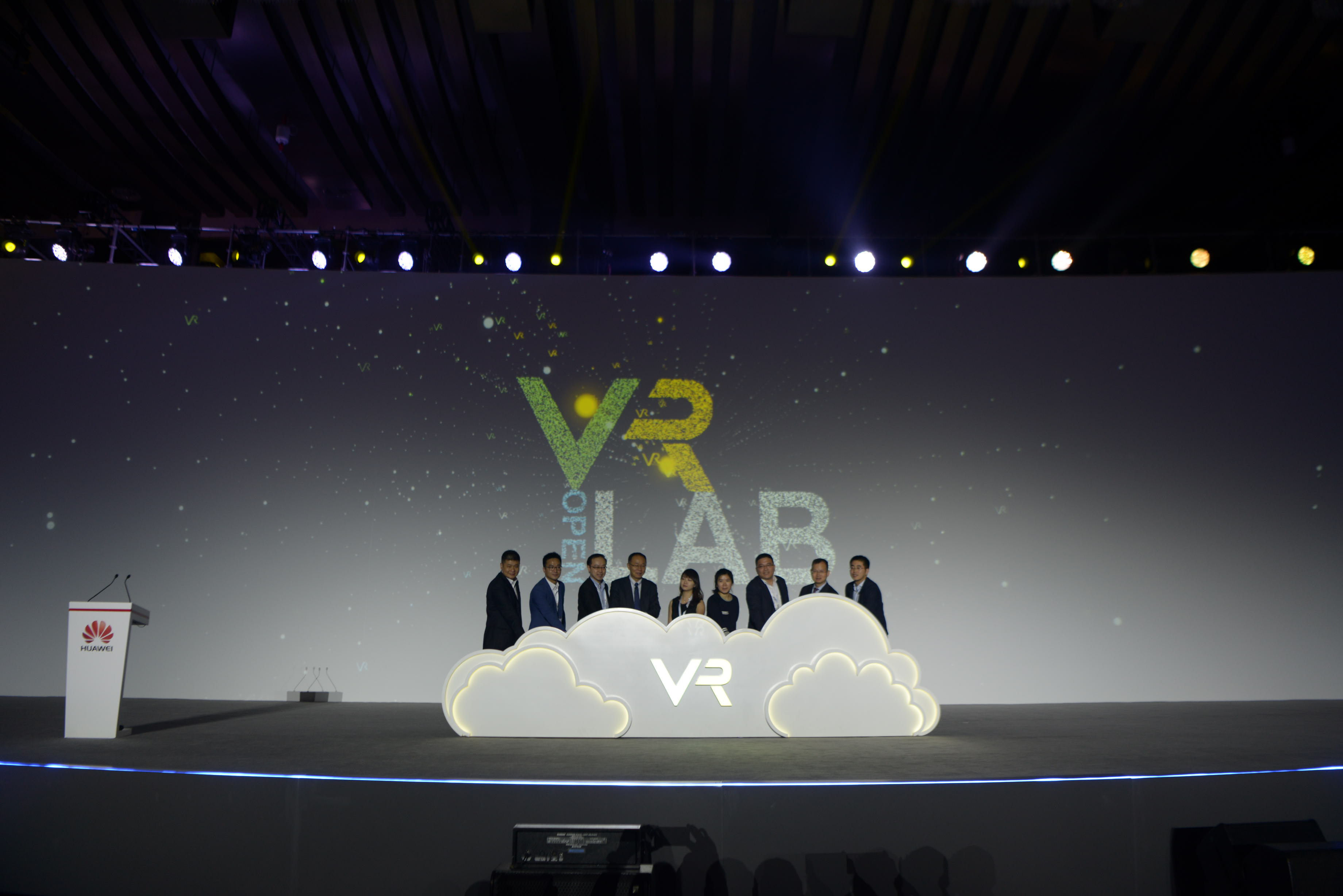Huawei has officially released its Virtual Reality (VR) OpenLab industry cooperation plan, at Ultra-Broadband Forum (UBBF 2017). This was done to promote the prosperity of Cloud VR, facilitate technological innovations, incubate business scenarios, and construct a comprehensive Cloud VR industry ecosystem.
VR development in games, videos, and live broadcast will increase drastically in the next two years, according to Gartner’s 2017 Hype Cycle for emerging technologies. Due to the characteristics of Cloud VR, which include lightweight terminals, low costs, and cloud rendering, deployment can be achieved rapidly on a large scale, making Cloud VR an inevitable trend of future VR development.
However, Cloud VR development is still in its infancy and requires a joint effort from the entire industry for faster development. Cloud VR poses higher latency and bandwidth requirements on the backhaul network, which means current network architecture and technologies are still unable to effectively support Cloud VR. Therefore, industry partners must seek solutions to create value and construct business models.
The VR OpenLab industry cooperation plan aims to help upstream and downstream partners jointly explore the development path of the Cloud VR industry. VR OpenLab will focus on four research directions: business application scenarios, service solutions, bearer network innovations, and operators’ service implementation. Through end-to-end industry cooperation, VR OpenLab bridges the ecosystem breakpoints and fully promotes the commercial popularization of VR.
As the initiator of the VR OpenLab industry cooperation plan, Huawei will focus on supporting the development of the cooperation plan relying on iLab. By providing a 1,000 m2 R&D lab, E2E network devices, and dozens of experts, Huawei will cooperate with industry partners for joint innovations, facilitating business success. Currently, 30 partners have already joined the VR OpenLab industry cooperation plan.
During UBBF 2017, Huawei and partners jointly demonstrated multiple innovations, including Cloud VR videos, Cloud VR games, VR live broadcast, remote large-space VR e-Sports and live broadcast, VR social fitness, and VR music.





